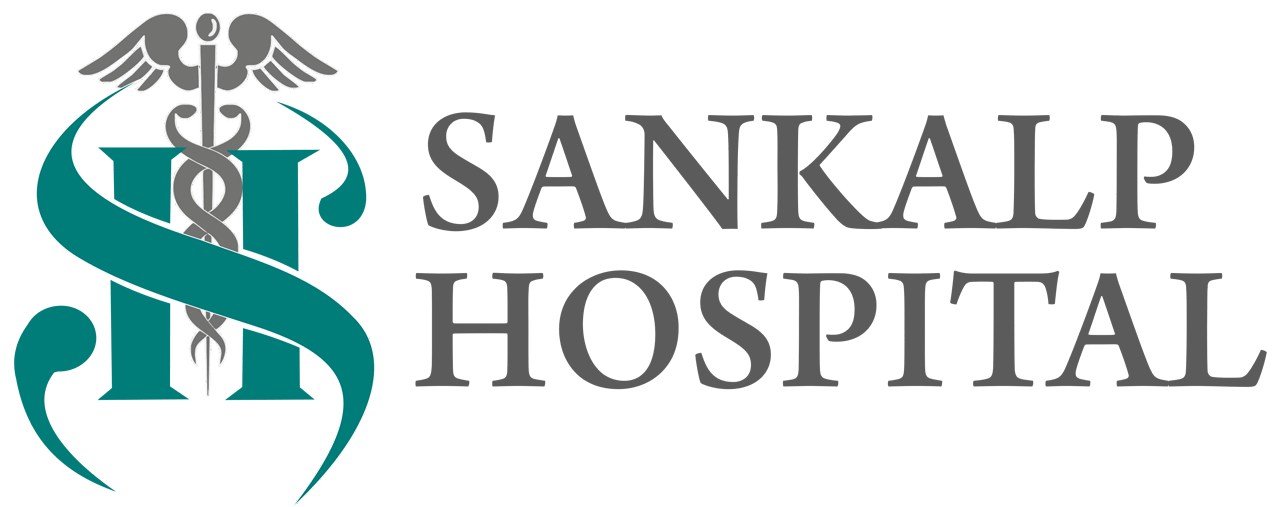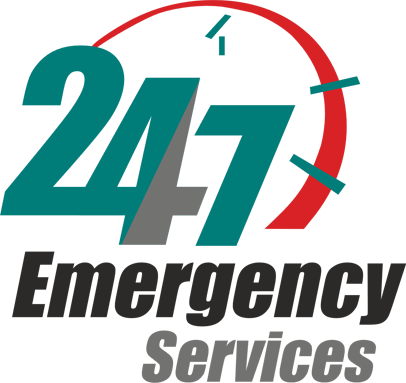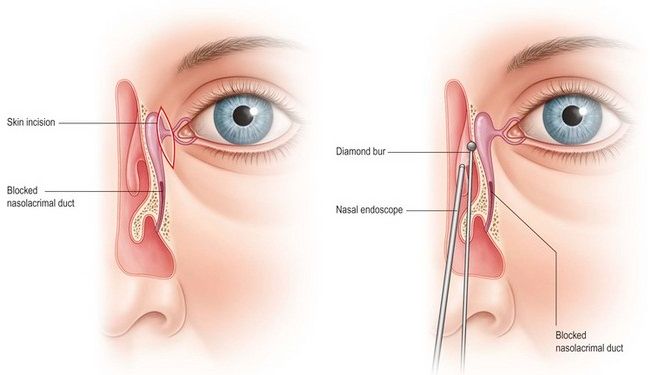Endoscopic endonasal DCR or Dacryocystorhinostomy is the operation of choice for watering eyes from tear duct narrowing or full obstruction. Excessive tearing or troublesome watering with tears overflowing down the cheek can have many different dcrcauses, and there are several different surgical options, including DCR surgery. The Oculoplastic Surgeon carries out an initial watering eyes examination and can advise. After a very careful examination by the oculoplastic surgeon to identify the underlying cause, he or she makes the treatment plan. Treatment most often involves surgery. However, if there is an eyelid problem, such as a lower eyelid sagging (ectropion), or a lower eyelid turning in (entropion), then the surgery will correct eyelid position. Watering eye from a blocked nasolacrimal duct is called epiphora. This happens when there is an abnormality of the lacrimal drainage system such as:




